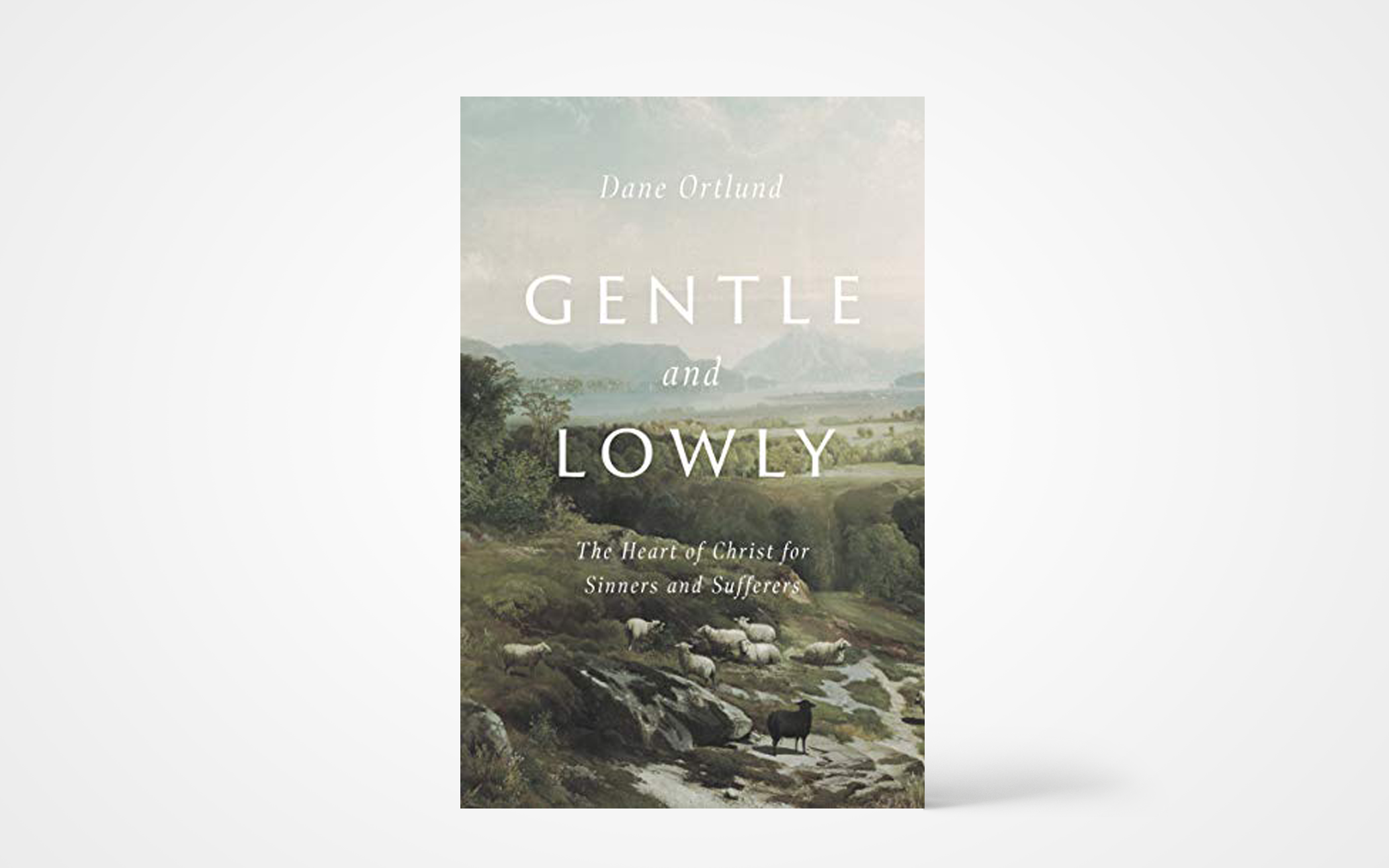Who is Jesus?
This is the question Dane Ortlund sets out to answer in Gentle and Lowly: The Heart of Christ for Sinners and Sufferers. In doing so, Ortlund does not exclusively seek to report on the earthly or eternal life of Jesus, explain Christ’s nature as the second person of the Trinity, or focus on the facts of what Jesus has done. He instead takes all of these things into account to ask who Jesus is—what characterizes his heart and what he most authentically desires for those he loves.
What I found most striking about the book as a whole was Ortlund’s careful attention to the breadth of what characterizes the heart of Christ. Jesus’ heart, he writes, is made up of joy and sympathy, gentleness and welcome, advocacy and beauty, mercy and love. All that is good is what naturally flows from the heart of Jesus and is what those who come to him will readily find. Jesus describes himself as “gentle and lowly in heart” (Matt. 11:29) and promises rest for weary souls. This is the core of who he is.
In Chapter 20, Ortlund describes the gospel in this way: “The invitation to let the heart of Christ calm us into joy, for we’ve already been discovered, included, and brought in.” This is a comfort worth repeating: that Christ’s heart is not one to heighten our anxiety with shame, weigh down our souls with legalism, or condemn the actions and attitudes of yesterday, but one that is able to “calm us into joy.” The heart of Christ is one of peace.
While not all nuance can be addressed in every work, I would have liked to see Ortlund spend some time zooming out from the individual “sinner and sufferer” to explore Christ’s heart for his body as a whole, in a more communal sense. For example, Chapter 9—on Christ as advocate—details Jesus’ heart to advocate to the Father for the individual sinner who comes repentant, but does not engage Christ’s heart for those who are victims or recipients of the sin of others, whether personally or institutionally. If, as interconnected people called to live as one body, some of our greatest wounds and heartbreaks result from failures to live in harmony with one another, should we not also explore how Christ binds up the broken-hearted whose suffering is not a result of their own sin or failure, but the abuse or oppression of others? It is there, where people have failed in faithfulness to love and serve their neighbors, that the tender and gentle heart of Christ is often made most evident. I would have liked to see Ortlund spend more time discussing this aspect of Christ’s character as well.
I was, however, moved by many passages throughout, appreciating them for the simple truths they articulated. “We love up to a limit,” Ortlund writes. “Jesus loves to the end.”
This is truly the essence of who Jesus is.
(Crossway)
About the Author
Kristyn DeNooyer is a communications specialist at Thrive, the congregational support agency of the CRCNA. She lives in Grand Rapids, Mich., with her husband and daughter.

